Debunking claims by Western pundits about accuracy of Iranian ballistic missiles
By Ivan Kesic
Recent attempts by Western military pundits to downplay Iran's ballistic missile power rely on flawed analysis, disregarding evidence and repeating clichés about Iran's military capabilities.
A few weeks ago, American analyst Decker Eveleth from the Center for Naval Analyses (CNA) compiled an analysis on his blog on the performance of Iranian weapons during the retaliatory operation True Promise 2, questioning the accuracy of Iranian ballistic missiles.
His so-called assessment was widely shared on the social media platform X (formerly Twitter), including by Shashank Joshi, the Economist magazine's defense editor.
After that, the conclusions were published by some Israeli and Western media outlets.
During Operation True Promise 2, Iran successfully targeted Israeli military bases with a barrage of ballistic missiles, including 33 that hit the Nevatim Airbase which houses F-35 warplanes, as well as other transport, tanker, and reconnaissance aircraft.
According to the Islamic Revolution Guards Corps (IRGC), 90 percent of missiles struck the intended targets in various parts of occupied territories, successfully avoiding Israeli air defense systems.
The successful and surprise retaliatory strike led to a hasty US deployment of the advanced THAAD anti-missile defense system to bolster the military systems of the embattled regime.
However, despite clear satellite evidence of high-precision strikes, Eveleth claimed that Iranian missiles used in the strike on Nevatim Airbase had a circular error probability (CEP) of nearly one kilometer, deeming them practically ineffective for causing substantial damage.
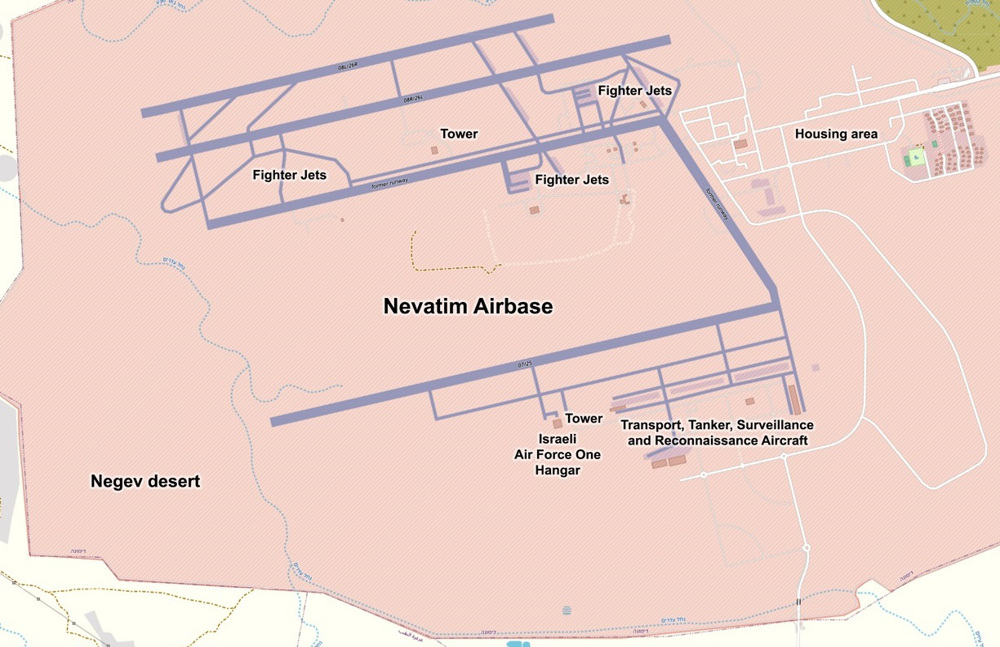
Assessment off the mark
Eveleth is notorious for dishing out assessments deemed favorable to the Israeli regime, which has put a big question mark on his professionalism and objectivity as a military analyst.
His assessments have often tried to downplay Iran's military capabilities while exaggerating the military prowess of the Tel Aviv regime, unlike what was witnessed in True Promise I and True Promise II.
For example, after Israel's much-hyped but ineffective attack on Iranian military sites in October, he claimed that the factory in Shamsabad near the capital Tehran was destroyed and that Iran was "deprived of the ability to domestically manufacture propellant mixers."
The same factory was also wrongly speculated to manufacture drones, but the building is actually associated with the Navaran Teksaz Sanat Engineering Company (TIECO) and manufactures agricultural and drilling machinery.
It is located in a dense industrial zone, does not have any security measures, and was featured on television and in the news. Therefore, a secret military role is impossible, and there is even less possibility that it would be a key center on which the country's vast ballistic industry depends.
In the end, the factory was not affected at all, but the fire damaged the administrative department and the roof of one of the multi-winged facilities, possibly by an air defense booster.
While uncritically accepting this and various other baseless claims about Israeli successes, Eveleth downplayed Iran's ballistic capabilities, arguing that the attack on Nevatim Airbase showed that Iranian missiles "can only be cost-effective for hitting large and unprotected targets, such as cities."
He is not the first to make such claims, but he echoes an outdated claim by Anthony Cordesman, a prominent and widely followed Western analyst of Iran's military in the 2000s and 2010s.
Cordesman's claim about "imprecise Iranian missiles that can only terrorize Israeli cities" has been repeated for years, entered numerous other works and books, and has become established as common sense in the West.
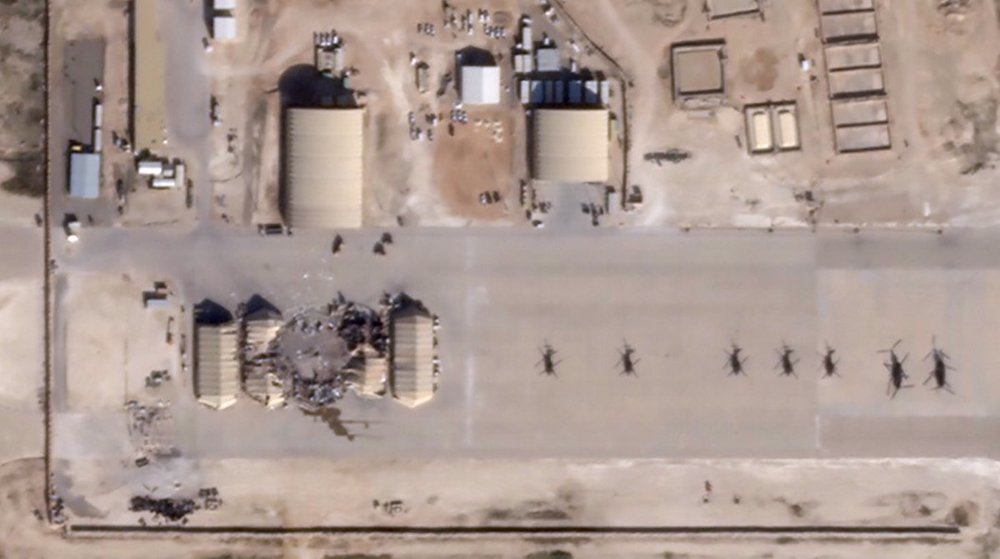
It banks on traditional misconceptions about Iran, including technological backwardness, leadership irrationality and disregard for civilian casualties, and of course, a hidden desire to develop weapons of mass destruction (WMD) that would make the missile arsenal supposedly effective.
However, Iran's surgically precise strikes in recent years on US, Israeli, and terrorist sites in Iraq, Syria, and the occupied Palestinian territories debunks such assertions and misconceptions.
Eveleth did not come to the same conclusion as Cordesman by inductively analyzing the available data, but the latter's archaic cliché serves as the starting point for the entire analysis.
Joshi is no exception to this -- clinging to outdated and erroneous estimates of the accuracy of Iran's ballistic missiles, evident by his confusion on the day of Operation Martyr Soleimani in early 2020, when the US Al-Asad base in Iraq was targeted.
At that time, he posted two-year-old Western analyses on the X platform, which estimated that the deployed Fateh-110 missiles had a "CEP of 800 to 1,100 meters" and that "it will take Iran many more years to reduce the CEP to below 200 meters."
Unaware of the scale of the destruction of facilities hit with pinpoint accuracy, at a time when satellite imagery and ground footage were not yet available, he assumed the strike was just a "symbolic gesture" of targeting open space around the base.
He was confused by reports about the use of Fateh-110 and the fact that Iran would confidently target the base with such so-called inaccurate missiles, because implicitly they could hit something valuable.
Therefore, instead of questioning the analysis with claims of inaccuracy and the symbolic gesture itself, he assumed that he "significantly underestimated the size of the airbase," adding that it covers 30 square kilometers.
In recent years, Joshi has acknowledged the high accuracy of Iranian missiles in striking the US base in Iraq, but he still accepted Eveleth's flawed claim about the inaccuracy of striking the Zionist entity.
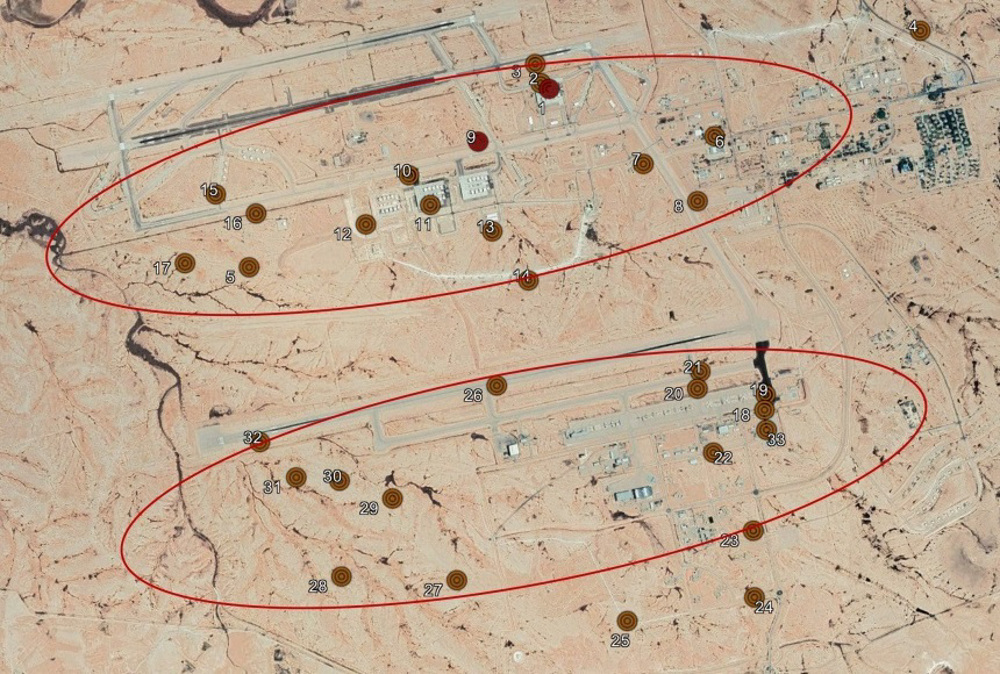
Eveleth's flawed premises
In his flawed assessment of the Iranian retaliatory operation, Eveleth included a map of Nevatim Airbase with 33 marked Iranian hits, and began his analysis by explaining quite logically that it would be wrong to estimate CEP based on one assumed point as a target.
Therefore, instead of choosing one, he bizarrely assumed that two points were targeted, and on that basis he performed the CEP calculation and all accompanying conclusions.
He made his assumption on two zones of impact distribution, ignoring that each zone contains more potential targets and the illogicality that so many missiles would be used for a single point.
Over the two assumed zones, Eveleth drew two ellipses of the assumed CEP, explaining that missiles are carrying a tremendous amount of momentum in one direction and will therefore either undershoot or overshoot the target rather than hitting far to the side of it.
This is partly true because downrange (longitudinal) and crossrange (lateral) misses are indeed different in the empirical results of numerous tests, but not as drastically as on the shown ellipses, where the major axes are more than triple compared to the minor axes, experts say.
The ellipse of the CEP is more the result of the missile's angle of attack in relation to the target surface, and if the attached sketches are accurate they would imply a very acute angle of Iranian missiles, while numerous footages of the strike confirm that this is not the case.
Therefore, based on two assumed targets and deformed impact zones, Eveleth used formulas from publicly available military documents and calculated that the CEP of Iranian missiles is "908 meters."
He further subjectively assessed that a CEP of 800-900 meters is the most likely scenario based on the given data, or 500-600 meters in the case of the most favorable set of assumptions for Iran.
Although he admitted in several places that it is difficult to assess what was actually targeted, he showed confidence in the results and termed the accuracy of Iranian missiles "bad" and "terrible."

Inconsistency in Eveleth's claims and evidence
Nevatim Airbase, surrounded by a protective perimeter of 27.5 km, extends to 47.4 square kilometers, of which the airfields account for approximately 1.2 km², the accompanying infrastructure around them 1.4 km², and the eastern infrastructure another 0.8 km².
Overall, the base contains about 7 percent built-up area and the infrastructure is not concentrated, with the exception of the housing area in the northeast.
It is mostly scattered for buildings, hangars and facilities, with dimensions many times smaller than the alleged large CEP, or linear for runways and roads.
In such circumstances, it is to be expected that highly imprecise ballistic missiles will hit some form of infrastructure by mere chance, approximately equal to 7 percent of the built-up area, or two missiles out of 33.
Even if we narrow the scope of the base to the central area with runways and hangars, or to the distribution of impacts, the figure would rise to five hits.
However, out of 33, as many as 26 direct hits actually caused infrastructural damage, of which five hangars, five other buildings, ten runways and taxiways, and six access roads, while only seven (21 percent) hit an undeveloped area.
This does not imply that 79 percent hit the planned target and that Iran targeted low valued access roads, but it testifies that the extent of damage is much greater than what Eveleth assumed.
These effects are much larger than claims made by Western media, which initially reported about four or seven hits in the base, downplaying the Iranian strike, later refuted by the publication of satellite images.

Ignoring the obvious
In his analysis, Eveleth nowhere discusses the types of damaged facilities, and treats hits with infrastructural damage as "misses" in relation to the subjectively assumed two targets.
Furthermore, he ignores the fact that five dimensionally small aircraft hangars were hit, either directly or by a few meters, but theorizes with additional calculations that the probability of successfully hitting the hangars is almost unimaginable.
Based on initial calculations, he got a "0.008 percent" hit chance with a CEP of 908 meters, adding that the better peformance at Nevatim is the result of the base having many hangars over a wide area.
In reality, if we multiply that chance by the number of used missiles and hangars for the two target zones, all with the dubious assumption that only hangars were targeted, we will get 2 percent for the northern zone, about ten times below the actual achieved result of 19 percent.
During the calculation and in the closing words, Eveleth argued that the only purpose of the Iranian missile was to destroy the F-35 hardened aircraft shelters and that it was not successful.
In real war circumstances, the purpose of Iran's ballistic missiles is actually to disable operations at the base, which was successfully demonstrated by Operation True Promise 2.
Operating multibillion-dollar equipment like the F-35 at Nevatim Airbase, knowing that at any moment one of Iran's many thousands of ballistic missiles could strike them, is not reassuring for Israeli pilots, personnel and military planners, military experts assert.
Even the (probably older) missiles that fell outside the infrastructure are cause for concern because during the operation they carried a single warhead, while the next time they may carry multiple warheads and cause damage to a wider area of the military base.
Eveleth's flaws don't stop there, for example, he tried to improve the assumed CEP by taking into account potentially intercepted missiles which would theoretically show more accuracy.
At the same time, he uncritically takes the claim that Iran launched 180 missiles during the operation, although visual evidence indicates that 53 missiles were actually launched in three salvos, 25 from Kermanshah, 18 from Tabriz, and 10 from Shiraz.
A key analysis failure
The main flaw in the Eveleth's analysis is that it treats the 33 missiles used as the same type with equal performance, even though Iranian officials have made it clear from the beginning that multiple models of missiles with different capabilities were used in the operation.
They include the latest hypersonic missile Fattah, presented this year, but also older ballistic missiles Ghadr and Emad, which have been in operational use for 20 and 10 years, respectively.
Also, on several occasions, Iranian military officials have reiterated that Operation True Promise 2 did not use the most sophisticated equipment at all, which probably refers to the Kheibar Shekan and the newest hypersonic Fattah-2.
At the end of the analysis, Eveleth discusses the so-called gross inaccuracy, the inability to do serious damage, targeting cities and WMD, which again is just an echoing of the outdated Cordesman estimates from the 2000s, with no value.
Press TV’s website can also be accessed at the following alternate addresses:

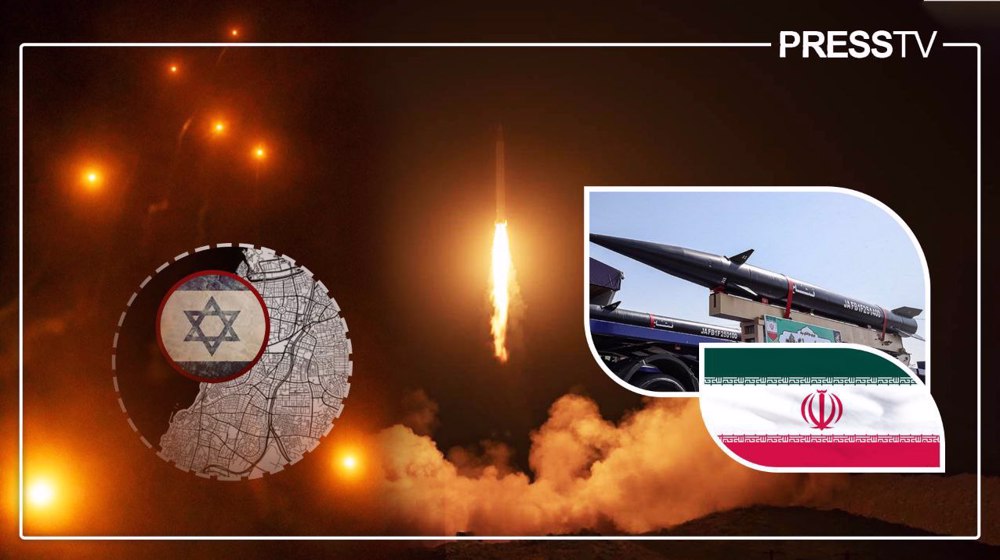
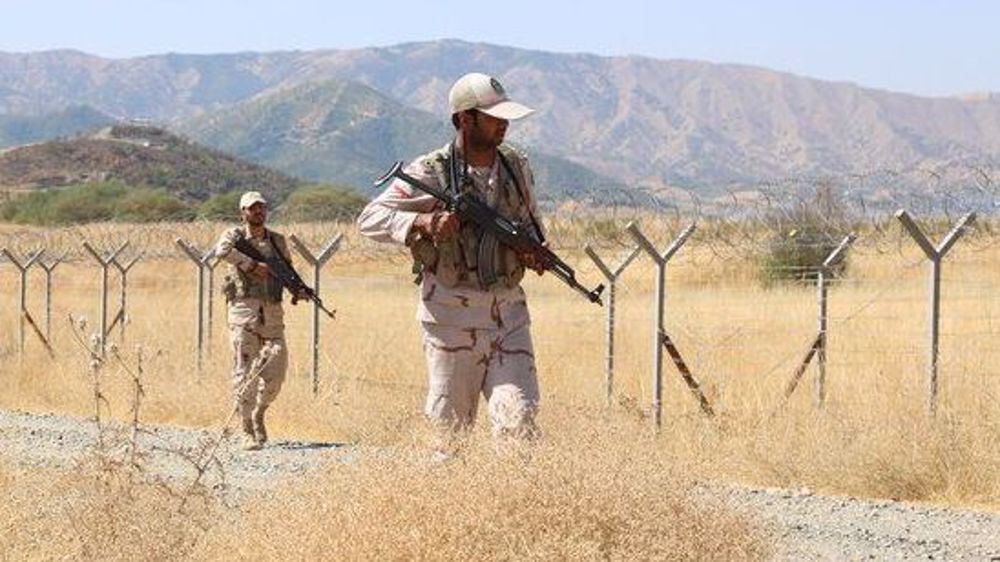
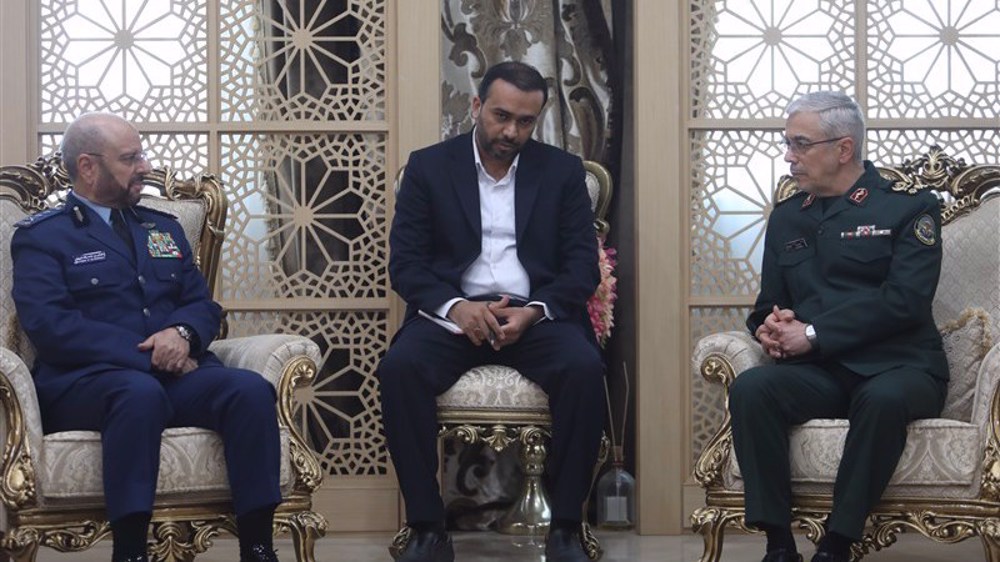
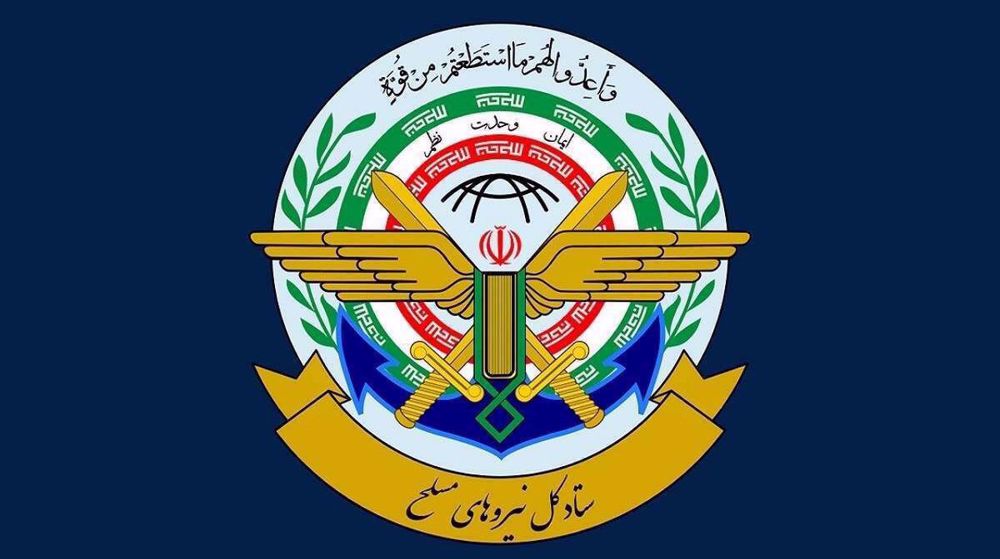



 This makes it easy to access the Press TV website
This makes it easy to access the Press TV website